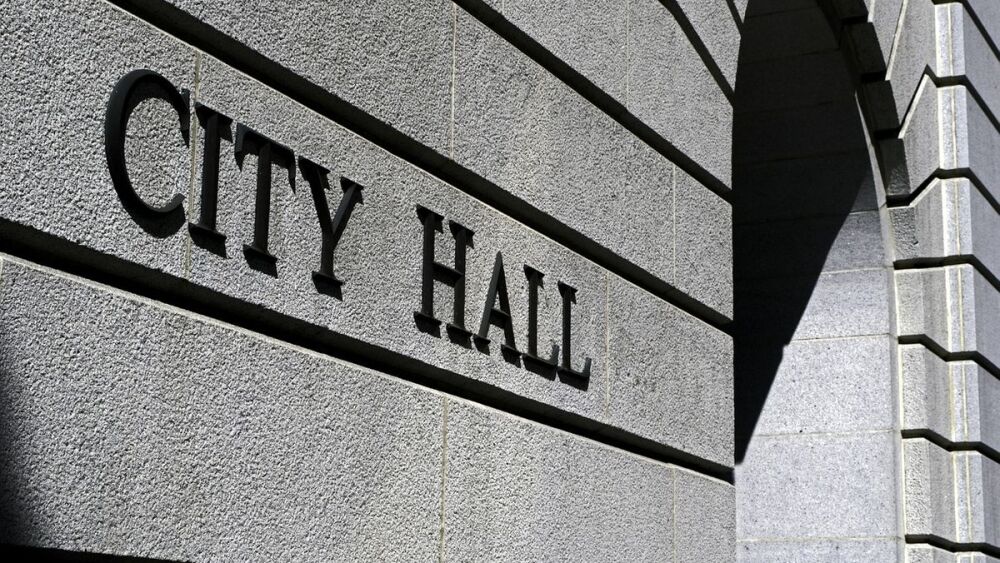The following question was recently posted on Quora:
“What is sustainable architecture?”
Here are two expert definitions:
Jim Allen, architect and environmentalist:
Although it’s on the face of it, an easy question, the detail is rather more complex.
In simplistic terms it could be described as buildings which have as minimal impact on the environment as possible. This is reasonable, but vague, and what it actually entails is a lot more complex and broader than it might appear.
It is also sometimes called Green Building.
The US EPA defines it thus:-
Green building is the practice of creating structures and using processes that are environmentally responsible and resource-efficient throughout a building’s life-cycle from siting to design, construction, operation, maintenance, renovation and deconstruction. There are a number of other definitions, but they all amount to a similar thing.
It is also sometimes called Sustainable Development, which also includes the scope of sustainable communities.
Minimizing resource consumption (in production of materials as well as resource efficiency in the actual building itself) is relatively straightforward, but it is also important to consider minimizing pollution and toxicity. It also implies local sourcing and natural materials. ‘Natural’ meaning requiring minimal treatment over the course of the life of the material.
Local sourcing means that the pollution and energy involved in transporting materials (part of the ‘carbon footprint’) is minimized, but this has to be balanced against production efficiency, longevity and many other factors.
It also involves minimal maintenance, because replacement of materials and finishes, repair and re-coating or re-treating them all have an environmental impact.
Sustainability should also address sustainable communities. If creation of a building damages a community, and leads to greater transportation movement and more pollution, it’s not exactly sustainable.
Overall it can be very complex. For example you might want to use reed bed drainage on the basis that the principles are entirely natural, and you don’t need to construct long runs of plastic pipework. However, generally speaking if there is a well-developed mains drainage infrastructure, using that can actually be more resource efficient and sustainable.
Even natural ventilation can be problematic. Some architects have specified natural ventilation, but the resulting comfort levels have not been good enough for the occupants, requiring retro-fitting cooling systems, at an even greater financial and environmental cost.
Building something in the country in a supposedly sustainable fashion might be less sustainable than building in a city, because of the pollution associated with traffic movement, and damage to the ecology/biodiversity of the site.
Doing sustainable architecture properly can be really difficult. There are lots of national standards (one rare example of an international tool is SBTool - SB Method and SBTool), but sometimes even that doesn’t cover everything.
Tammy Chambless, architect:
In my opinion, sustainable architecture means that if all buildings were built using these techniques forever, that we would not use up the resources of the planet either in building materials or in energy consumption. The techniques would therefore be “sustainable”. Materials used would need to be renewable, and energy usage would need to be minimal to none.
There are some organizations that attempt to promote sustainable methods in the design of buildings. One such organization is the US Green Building Council. In fact they created a system that architects can follow that supposedly will improve the design and create more sustainable projects. There are many methods that they promote are dubious at best in their benefits, and after about 10 years of use, they have yet to prove that their buildings are more energy efficient or less impactful on the environment. there have been various studies done on LEED versus non-LEED buildings that indicate there is no decrease in energy usage by LEED buildings compared to non-LEED buildings. http://www.sciencedirect.com/sci...
One such requirement is to build with greater open space around the buildings. They tout this as a way to improve the environment in which people live and work, and yet by doing this, they encourage using more land than necessary for buildings, which encourage sprawl. As an architect, I work on projects that are required to receive LEED certification, but my client (US Department of Defense) has learned a lot of hard lessons about constructing their buildings to meet LEED, and has decided to disallow their architects from pursuing certain credits because they are wasteful both in resources and in costs.
Another requirement is to provide 5% percentage of parking spaces for carpooling and 5% for energy efficient vehicles. Because the “rules” for using these spaces is generally not known by most drivers, people will usually not park in these spaces because they think they may get a ticket or get towed. We still have to provide enough parking spaces to meet local codes, so we end up building a parking lot that is 10% larger than would normally be required.
In my opinion, a discussion about building sustainable architecture is a waste of time without a discussion of population control. If mankind continues to reproduce at the current rate, it will be impossible for the planet to support all of them, no matter how sustainable our buildings are. And yet, I hear very little discussion along these lines. The current population of the planet is over 7 billion people. For most of the 3 million year history of the human species on the planet, the population was fairly stable at around 10 million people. With the development of agriculture, world population expanded to around 300 million by A.D 1 and continued to grow at a moderate rate until the industrial revolution in the 18th century when living standards rose, widespread famines and epidemics diminished, and population growth accelerated. We are using resources at an unprecedented rate. Nothing we can do in the building industry will compensate for the demands of continued population growth.


